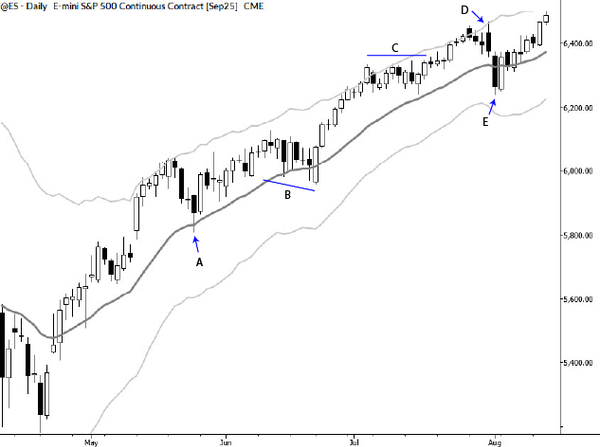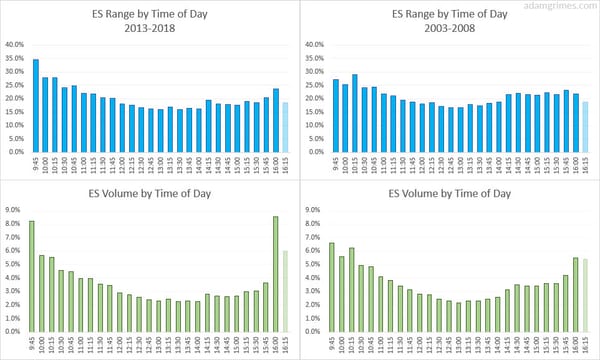MarketLife Ep 28 - So you want to be a trader? Here's what you can do next.

This week's podcast picks up where we left off last week, and looks at how to apply the lessons and ideas to your own development as a trader. These two podcasts are targeted at developing traders, or perhaps longer-term investors who want to learn to trade more actively, but there are also lessons for the experienced trader.
We jump right in with why you can't "figure it out", and take off from there. Here are the show notes:
Where people look for an edge:
- News, narrative, “outthinking”
- Systems (bought or from chat rooms)
- Indicators
- Following someone else’s trades
- Fundamental analysis
- Long time horizon
- Risk management can be a problem
- Does not account for psychology?
- Technical analysis
- Traditional is subject, and many tools show no edge
- Quantitative analysis
- Finding patterns and executing according to rule set
- Everyone is looking at same data, so difficult to find sustainable edge
So, what do we do?
- Make sure you have what it takes (time and capital)
- Adjust your expectations
- Develop quantitative skills to understand an edge
- Thinking in distributions
- Learn to code
- Learn everything you can about finance/psychology/the world
- Try to see from a different perspective
Here is the reading list (which I forgot to post initially! Thank you to all who reminded me.)
If you enjoy the podcast, one of the very best things you can do for me is to leave me a review on iTunes here.
Also, if you like the music for this podcast, then be sure to check out Brian Ashley Jones, my friend, and a fantastic singer-songwriter.
Enjoy the show:



